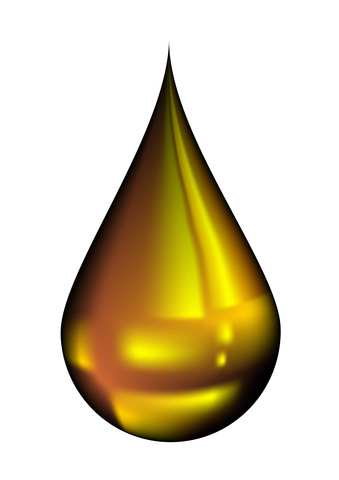Low viscosity SAE 0W-XX passenger car motor oil (PCMO) accounted for under 5% of the total global PCMO demand in 2014. This grade is forecast to increase to over 7% by 2023, according to the recently released LubesNet Database.
Moreover, 5W-XX and 0W-XX combined account for about 40% of the total global PCMO market in 2014, according to the latest Global Lubricants: Market Analysis and Assessment report. The continuing global migration to lower viscosity grade PCMO will result in higher penetration of synthetics, semi-synthetics, higher revenues, and, conversely, longer oil drain intervals and suppressed overall PCMO growth.
The increasing demand for lower viscosity PCMO is driven by its ability to improve fuel economy; and original equipment manufacturers (OEMs) recommending these oils to maximize performance and converting their factory and service fill requirements to these low viscosity grade products. In the past, 0Ws would only be found in high performance sports cars and ultra luxury vehicles. Today, a base model Toyota Corolla leaves the factory with 0W-20 in its crankcase. Additionally, the forward-thinking GF-6 product specification upgrade planned in the 2017/18 timeframe will create the technical demand for these lower viscosity grade products.
Given the nature of 0Ws and the formulation requirements, these products fall into the full synthetic category and offer lubricant suppliers, distributors, installed service providers, and retailers better revenue opportunities as compared to conventional PCMO. Conversely, synthetic PCMO enables extended oil drain intervals, where depending on the OEM and driving patterns and operating conditions, can be anywhere from one oil change every 6 to 12 months to upwards of one every 18 to 24 months, suppressing overall volume and growth rates.
George Morvey, Industry Manager for Kline’s Energy Practice, comments, “As government and OEM recommendations become universal, the shift towards 0W’s and low viscosity grade products will persist. Furthermore as engine and bolt-on hardware technologies such as turbochargers and gasoline direct injection evolve to reduce emissions, and improve fuel economy, the shift will also play a role in driving demand for synthetic lubricants. Moreover, as new vehicles enter the vehicle parc, demand for synthetics will also rise.” In 2013, there were over 70 million new privately-owned vehicles purchased globally, and this number is expected to rise at a rate of 3% per annum until 2023, expecting over 100 million vehicles purchased. Morvey adds, “The development of the synthetic market comes from different fronts. In the automotive industry, for example, OEMs had different specifications for different countries. Now, OEMs are converging to global platforms with global specifications. What we now see is that the type of oil you put in the car that is built in the United States will be the same type of oil, regardless of where you purchased the vehicle.” The coming ubiquitous presence of synthetics allows for brands and marketers to focus on maintaining a simple synthetic product portfolio that can be used across global markets.
The estimates of historical lubricants demand from 2009 to the base year of 2014, as well as FutureView forecasts to 2018 and 2023 and breakdowns of data at the global, regional, country market, market segment, product type, product category, and viscosity grade levels, can be found in Kline’s just released LubesNet Database. The global trends influencing the lubricants market are explored in Global Lubricants: Market Analysis and Assessment. This report provides a comprehensive, in-depth analysis of automotive and industrial finished lubricant products, end-use industries/trade classes, suppliers, and market trends in the leading country markets and regions.

